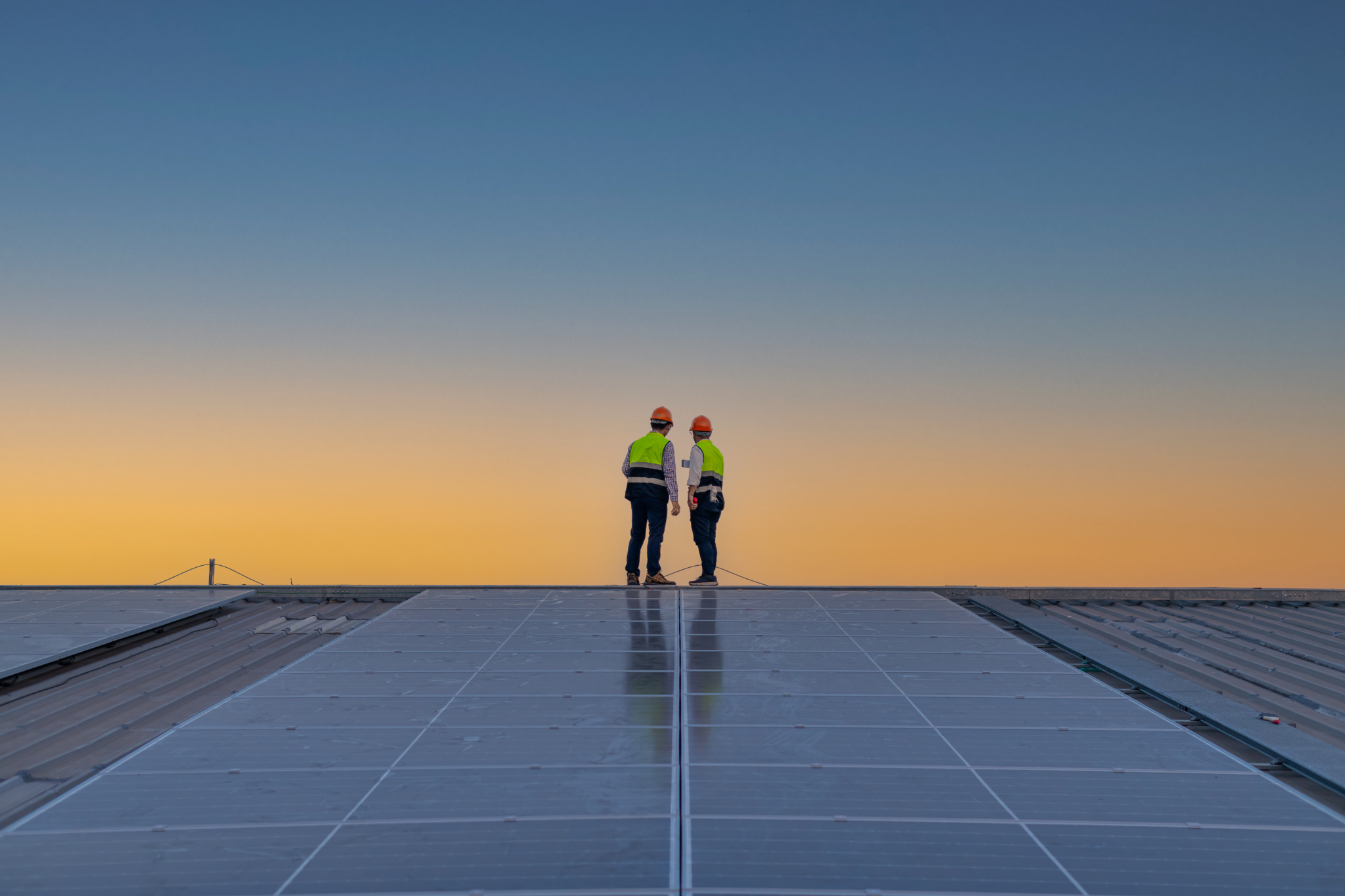
Despite worries about China’s use of forced labor to make solar products, goods from the Xinjiang region remain a significant contributor of the solar industry’s raw materials.
A new report from the Helena Kennedy Centre for International Justice within the United Kingdom’s Sheffield Hallam University reveals the global solar industry’s supply chains are increasingly difficult to trace and are often obscured from public scrutiny. This lack of transparency comes as laws like the Uyghur Forced Labor Prevention Act (UFLPA) aims to take on forced labor in China by banning goods from the Xinjiang region, where the Chinese government is committing cultural genocide against the Uyghur people.
The report traces the world’s top five solar module manufacturers’ and five smaller brands’ sourcing exposure to Xinjiang, identified in the report as the Uyghur Region, using analysis from industry experts and publicly disclosed information. None of the companies examined were verified to have supply chains free of Uyghur Region inputs. This comes as little surprise, as previous studies have found much of the world’s raw materials for solar panels come from forced Uyghur labor.
“The least visible parts of the solar supply chain are its most upstream segments: quartz mining and conversion of quartz to metallurgical grade silicon (MGS),” the report states. “These less visible parts of the supply chain and the polysilicon stage are the ones with the highest potential Uyghur Region exposure.”
There’s both good news and bad news to take away from the report’s investigation. In 2022, the Uyghur Region provided 35% of the world’s polysilicon. However, it contributed approximately 45% in 2020, and solar industry experts expect that number to decline even further in the coming years. Additionally, the Uyghur Region’s share of global metallurgical grade silicon production (the material from which polysilicon is made) is also expected to decline — it was at 32% in 2022. Nonetheless, the Uyghur Region remains deeply woven into many solar module manufacturers’ supply chains, which the companies have increasingly obscured.
Beyond the serious human rights violations that contaminate materials sourced from the Uyghur region, there are also significant environmental implications.
“Every single polysilicon plant in the Uyghur Region is 100% powered by coal,” the report states. Indeed, the region’s abundant coal reserves have drawn companies to manufacture there.
The Breakthrough Institute calculates that a solar panel mostly manufactured with coal-fired energy in China would take 9.8 years to pay back its carbon cost of production, while a panel made with cleaner energy would take only 2.6 years to pay back its embodied carbon emissions.
America needs clean energy solutions, and building reliable, energy-efficient, and slave-labor-free supply chains is how we’re going to get there. The Inflation Reduction Act has provided the critical incentives needed to attract solar panel manufacturing to the United States. Since President Biden took office, America has seen more than 60 domestic manufacturing announcements across the solar supply chain.
As solar companies conceal their sourcing in hopes of evading the UFLPA — something that auto companies have attempted as well — strict enforcement of the law is equally essential to growing America’s solar supply chains.
